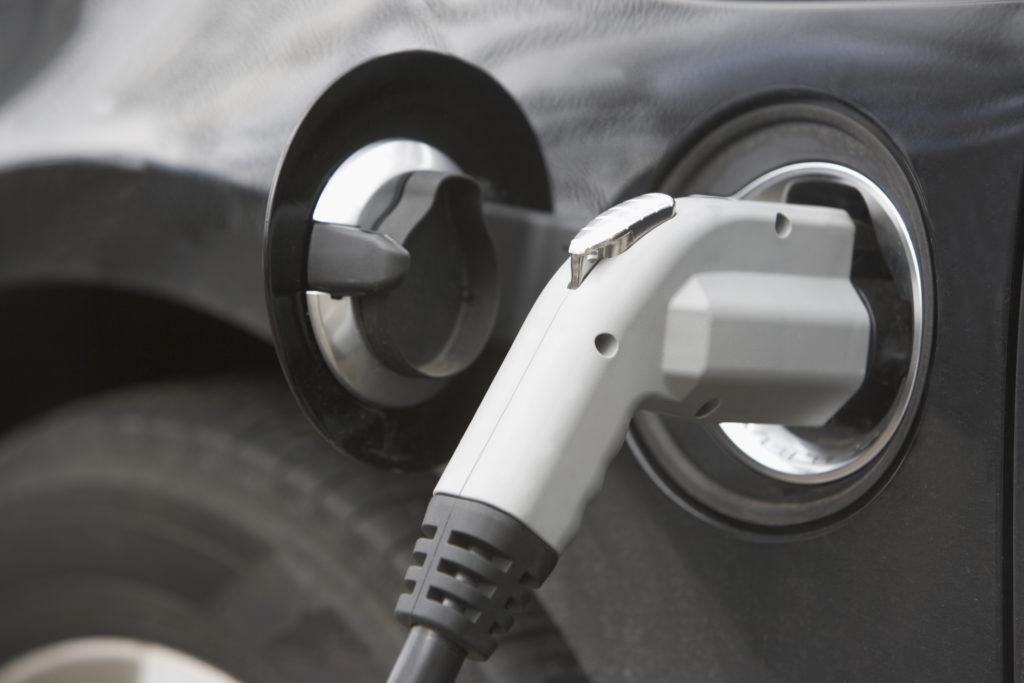Plug-in Cars: OEMs Need New Business Model
12 February 2017

February 01, 2017
A study of consumers in countries including Germany and Norway has found that OEMs will need a new business model as they become mobility companies. This will require a focus on a vehicle’s total cost of ownership (TCO) rather than on purchase prices or traditional lease rates.
As plug-in electric vehicle (EV) sales – including pure electric vehicles and plug-in hybrids – gather pace, OEMs will need to highlight to the consumer the reduced cost of owning an EV compared to a traditional internal combustion engine (ICE) car over the lifetime of its use (TCO), once reduced fuel and maintenance costs are included. In other words, even though the initial purchase price may be higher, OEMs will need to make clear to consumers that EVs will save them money in the long term, including 20-40% lower maintenance costs over a five-year period. This will help OEMs to boost their EV sales and recover investment.
This is according to a new global online consumer survey on EV consumer preferences by McKinsey & Co. It involves one study surveying about 3400 consumers in Germany, Norway and the US, and a second survey of about 3500 consumers in China.
It says carmakers are on the verge of a great surge in demand for electric cars, with potential consumer interest strong, and highlights the strategies OEMs will need to adapt to take advantage of these market trends and build on consumer interest in EVs.
Both surveys show consumer interest in EVs is very strong, and that understanding of the technologies is improving, with about half of surveyed consumers in Germany and the US saying they understand how EVs work. Strong demand is being seen in Norway and China, and in Germany and the US 45% and 30% of vehicle buyers respectively consider an EV purchase today.
The study says the findings point to a vast opportunity for OEMs to run focussed marketing and consumer education campaigns to reach the other 50% of consumers not yet familiar with EVs and related technologies.
However, McKinsey highlights serious challenges with the development of EVs, with competition for budget from ICE powertrains, automation and mobility services stifling their growth. This has held back the progress of addressing the key problems with current EV technology, keeping EV sales stuck around the 1% mark of total sales in the US and other key markets.
The first problem the study highlights is ′unfavourable battery economics’, with the price of a 60kWh battery component still being too high, at $13,600 (€12,600) in 2016. There are also additional costs with building an EV including electric motors, high voltage wiring, on-board chargers and inverters.
Another problem is the ′capital crunch’, with pressures on ICE engine emissions improvement and investments in autonomous and connected car technologies meaning little R&D budget is left for EV development.
Another problem is the ′supply/demand mismatch’, with the premium market being served well by Tesla and others, but consumer needs not being met for smaller cars, SUVs and crossovers. Diversifying EV product offerings is seen as a key way to help sales grow.
The study highlights that traditional carmakers have a lot of opportunity to compete with Tesla because consumers indicated that their highest levels of trust in EV models overall came from established carmakers. The study emphasises great potential for established global carmakers that can develop EV-specific brands or sub-brands, such as Volkswagen’s new electric ID brand.
Long-term, McKinsey says the most successful carmakers will be the ones that integrate effectively the emerging markets in automation, electrification and mobility services – sharing both the success and cost burden and maximising ROI potential. Targeted marketing can address the city consumer segment that wants more options in simpler ′less costly, purpose-built EVs with smaller battery packs and shorter ranges’, while other larger segments have high expectations for driving utility and longer range per charge, such as ′urban families’ and ′feature-focussed buyers’. EVs can also be strongly integrated with mobility services.
The study outlines that of those surveyed, 30% would prefer an EV over an ICE vehicle when using ′e-hailing’ services, and about 35% would pay a premium to ride in an EV. Flexible car sharing models, whereby users use an EV during the week and then switch to a SUV at weekends help carmakers meet emissions regulations, and peer-to-peer car rental can help reach consumers who do not wish to own a car, as is increasingly the case with younger generations, and in turn can create a side source of income for EV owners.